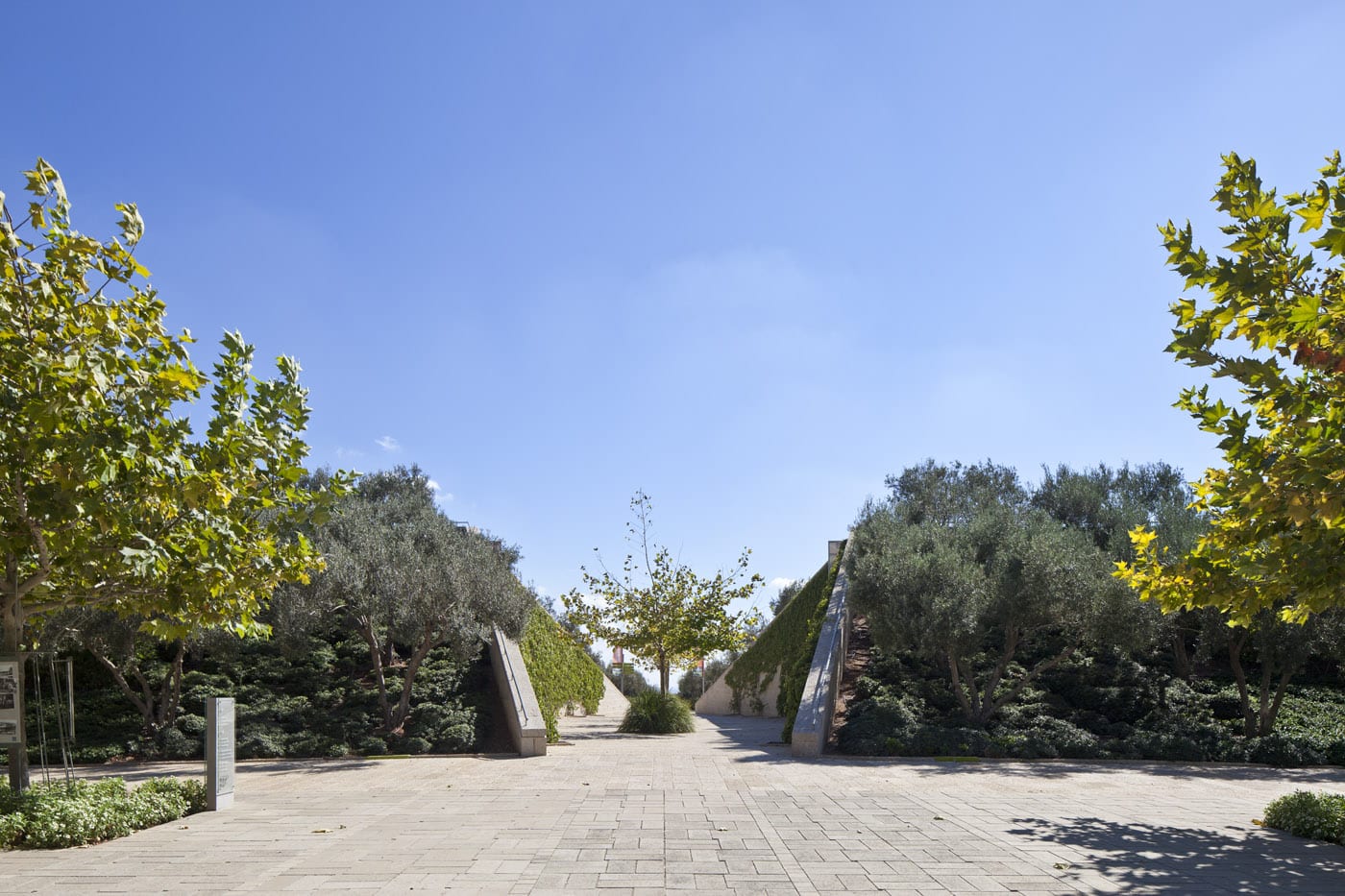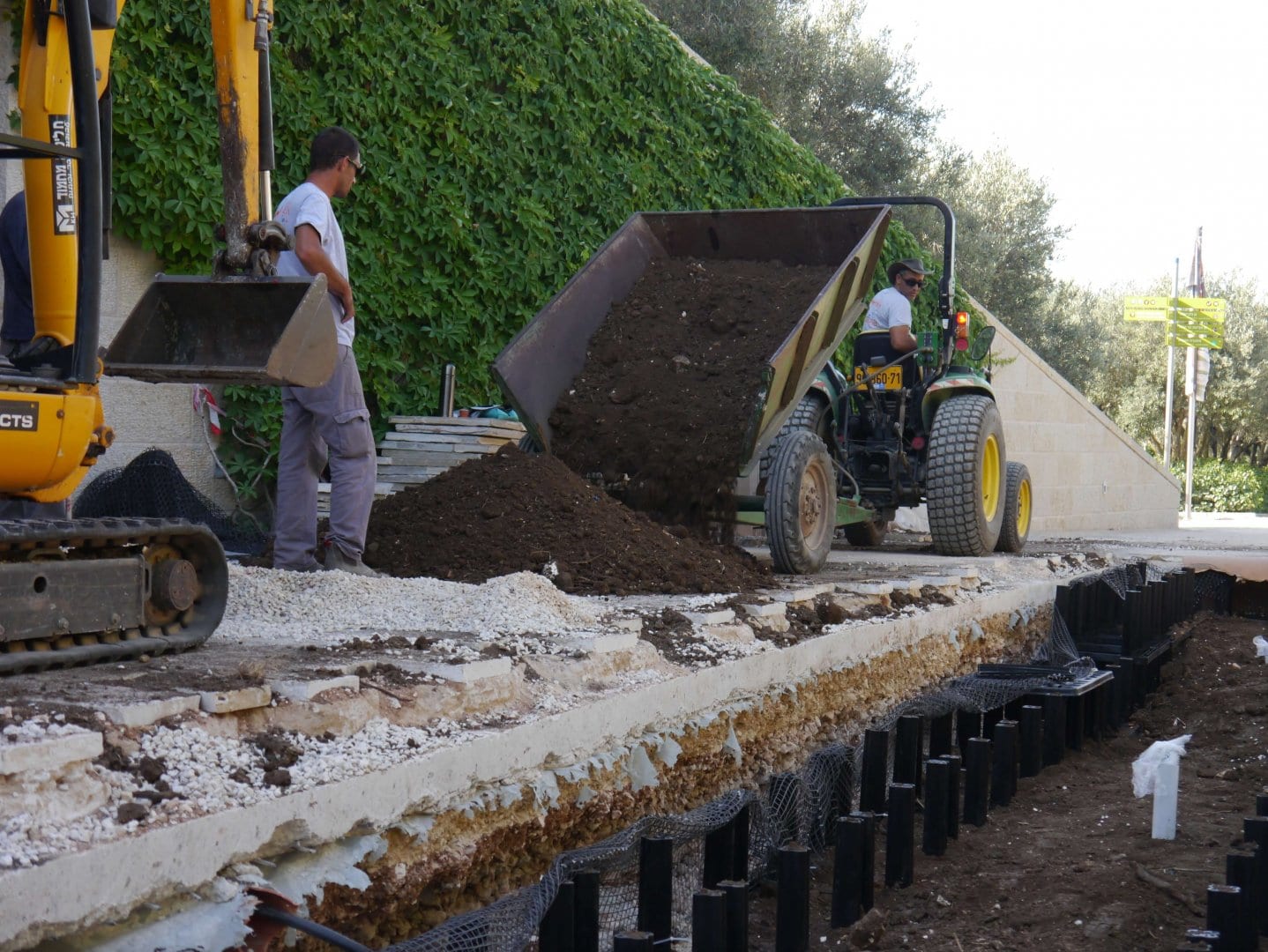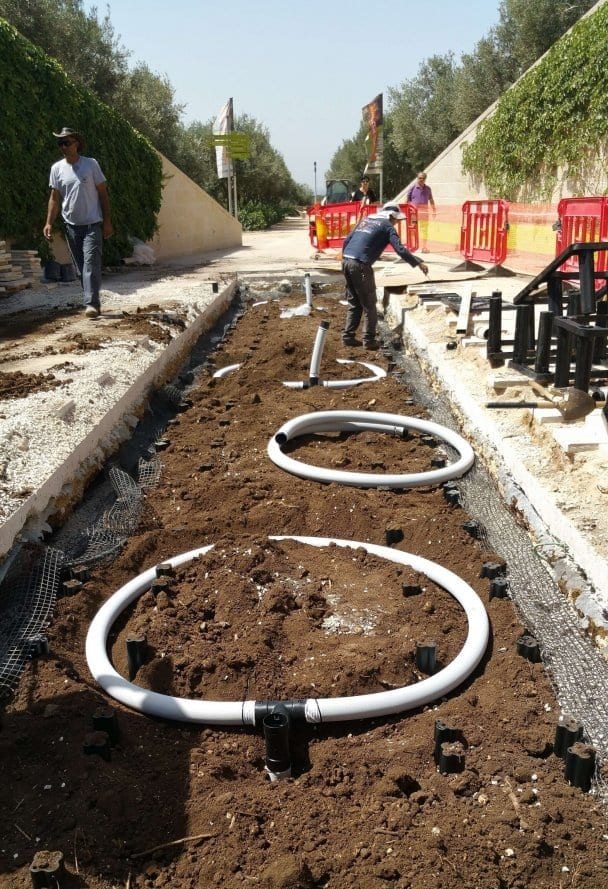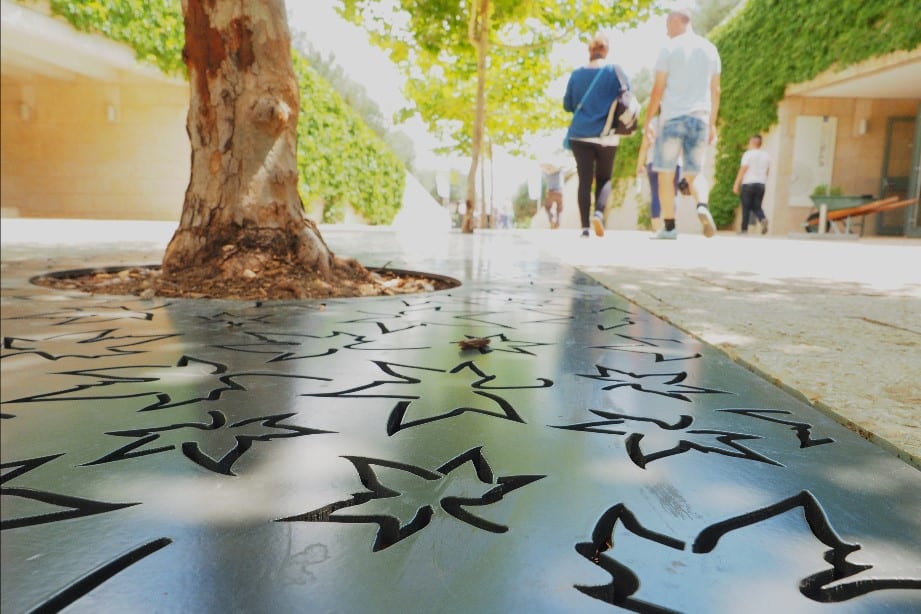In urban areas where plane and other trees are planted in pavements, it’s necessary to consider advance planning to ensure the efficient absorption of soil elements, which are required for the trees to succeed in the long term. Unfortunately, trees are often planted with the best of intentions, but without the proper conditions for their development. The result: The plants remain small and sad — if they don’t suffer torture and premature death.
The cure?
The solution to the woes of such trees: Improving the quality of the soil throughout the life of the tree. A Dutch company called Silva Cell has developed a system of sturdy underground cells made of polypropylene mixed with fiberglass (glass fibers that support the structure) which can support a suspended pavement system above plants while providing powerful capabilities for aeration and the drainage and absorption of water and nutrients in the soil below ground, where they are available for the healthy growth of tree roots. The system also permits runoff into the planting holes, thus reducing the flow of rainwater and allowing for better seepage — no small thing, if we recall the extreme rainstorms of the past few winters.
The roots
Did you know? When plant roots in the northern half of the globe get stuck by some obstruction, they grow horizontally in the opposite direction from the earth’s rotation. Thus they end up winding around themselves. This fascinating tendency, however, is not healthy for a tree. In order to prevent this phenomenon, Silva Cell panels with protruding rails are laid around the edges of the planting hole. A root that grows up to the rail gets the hint and starts growing downward instead, towards the soil, without turning itself upside down towards certain death.





